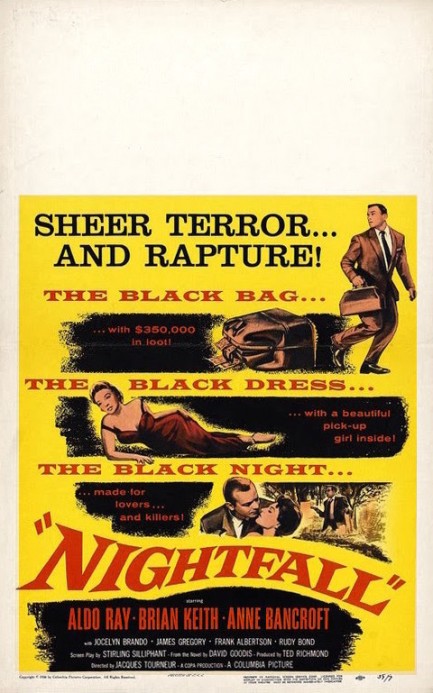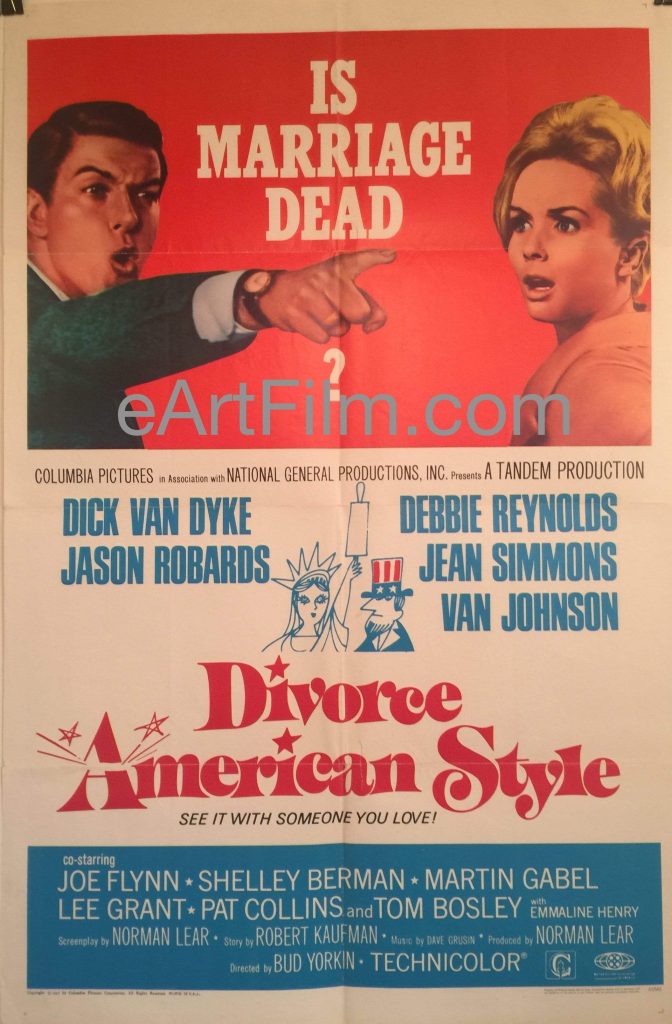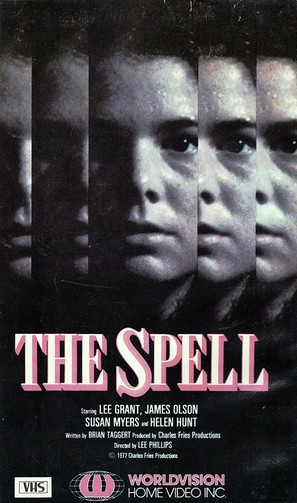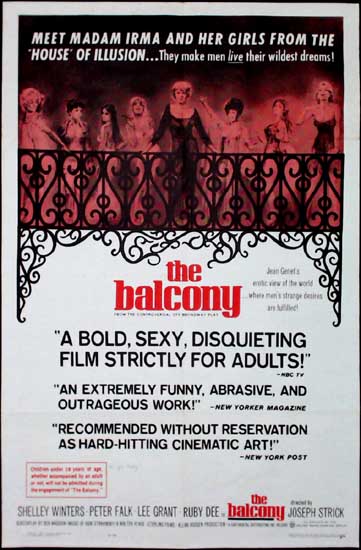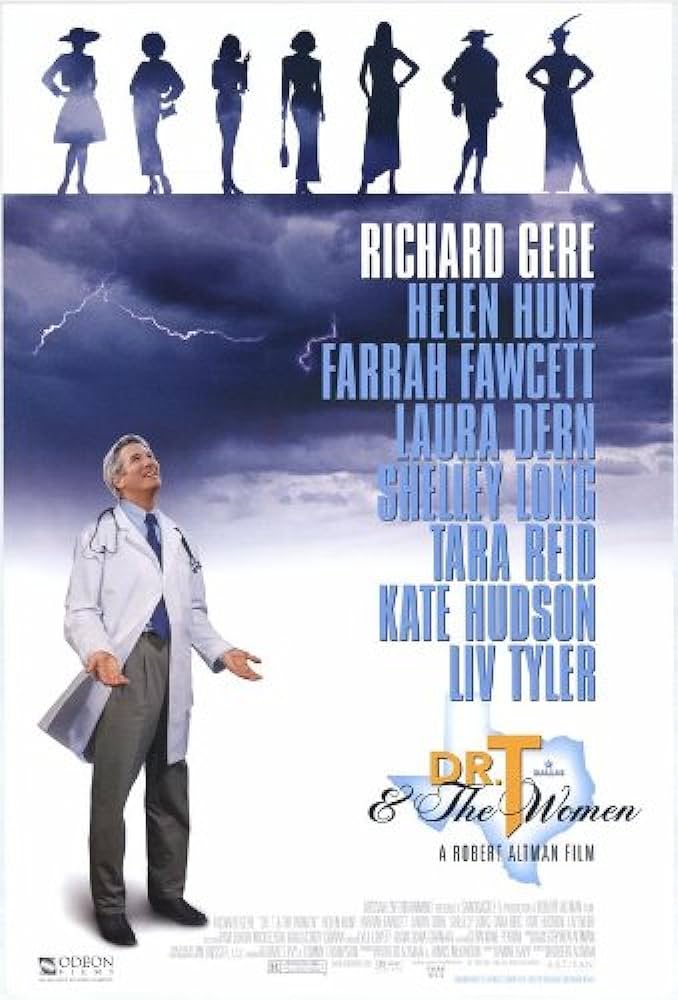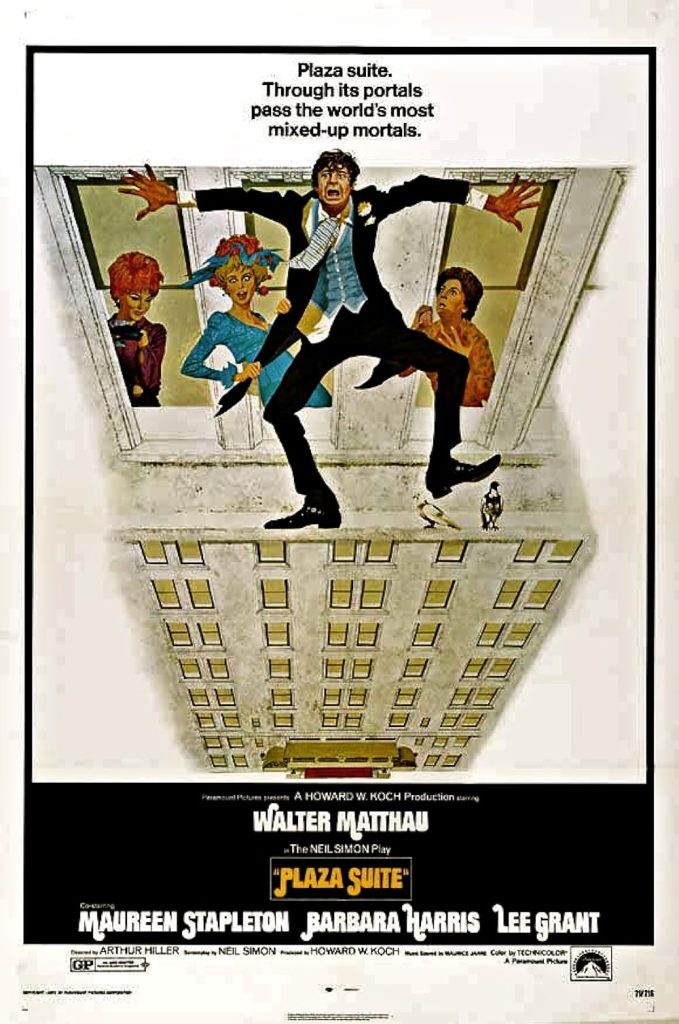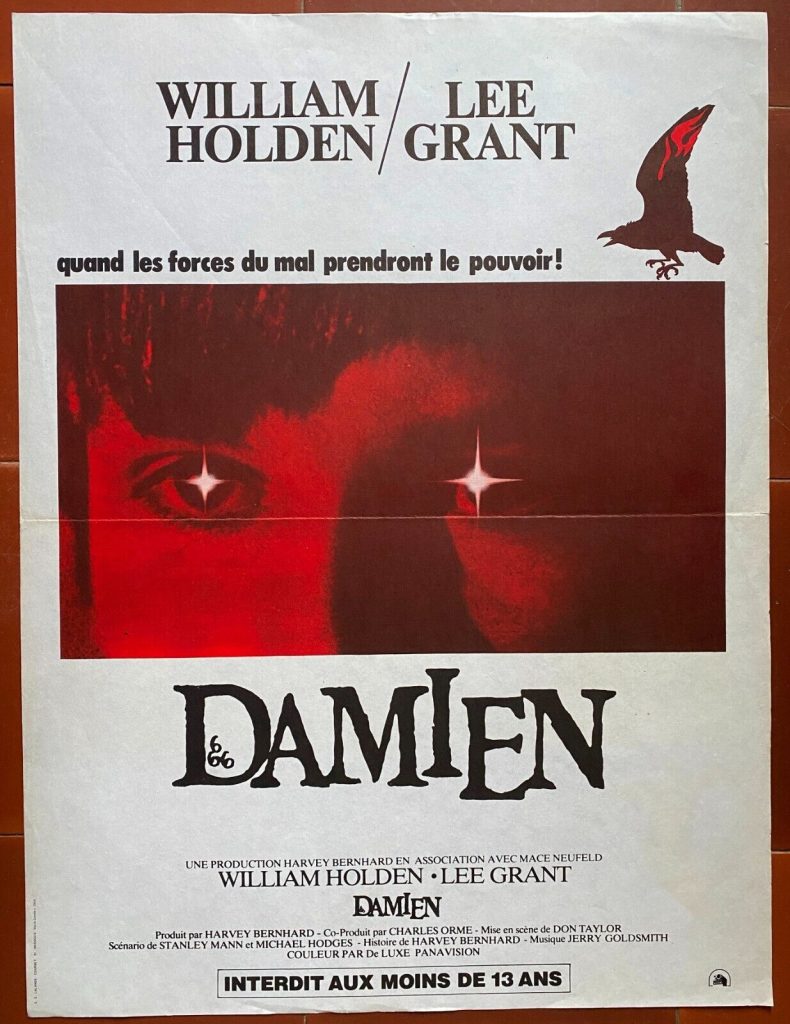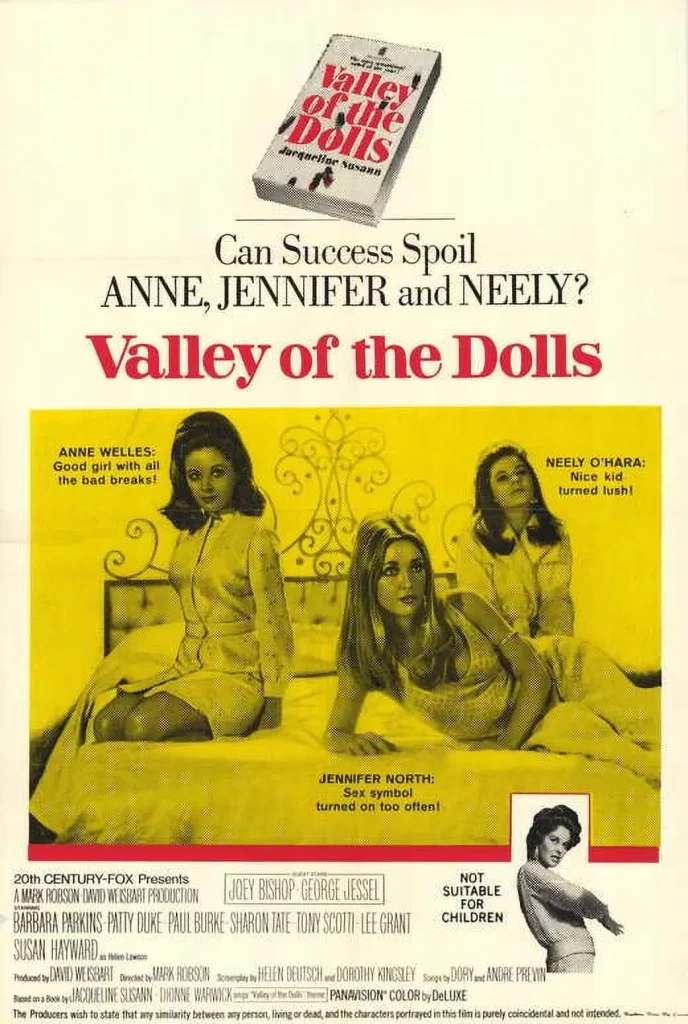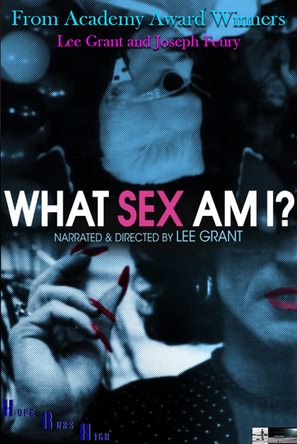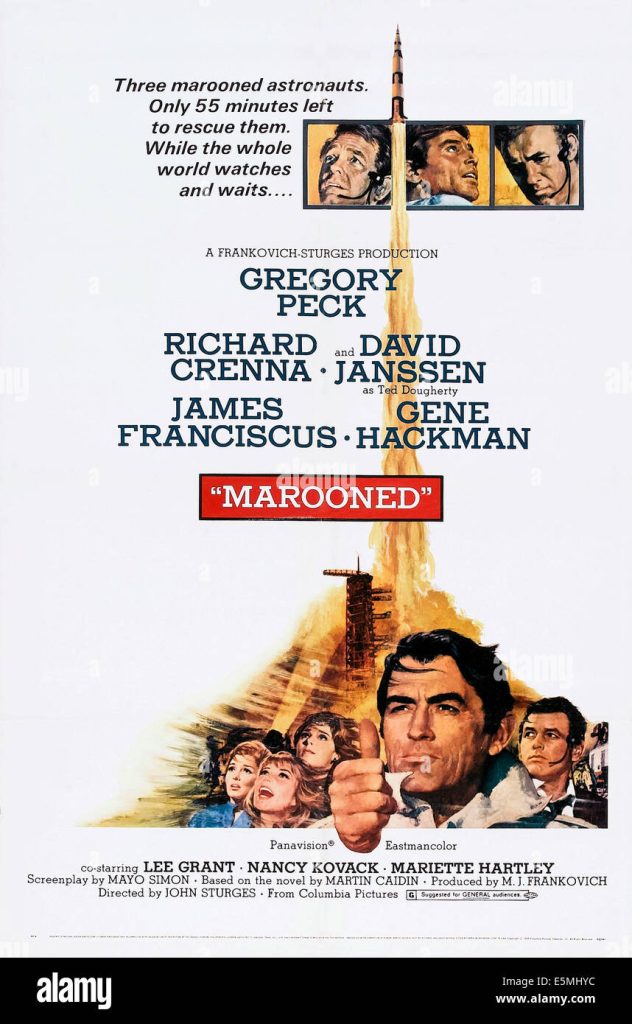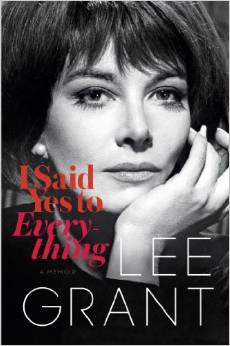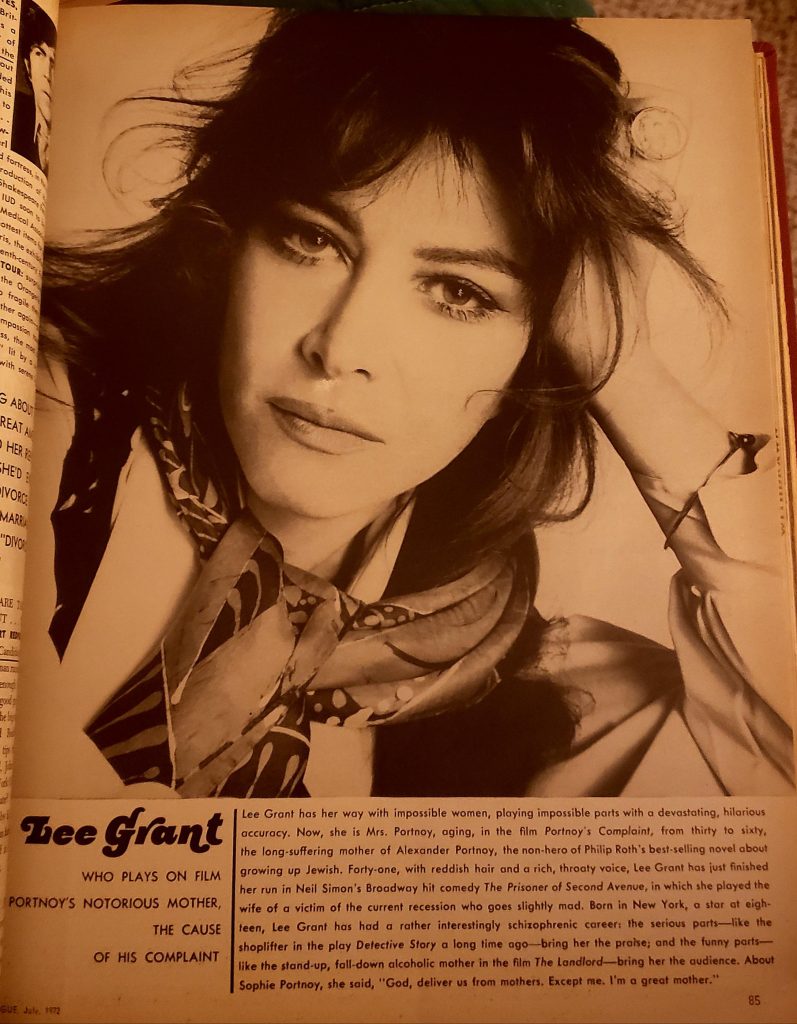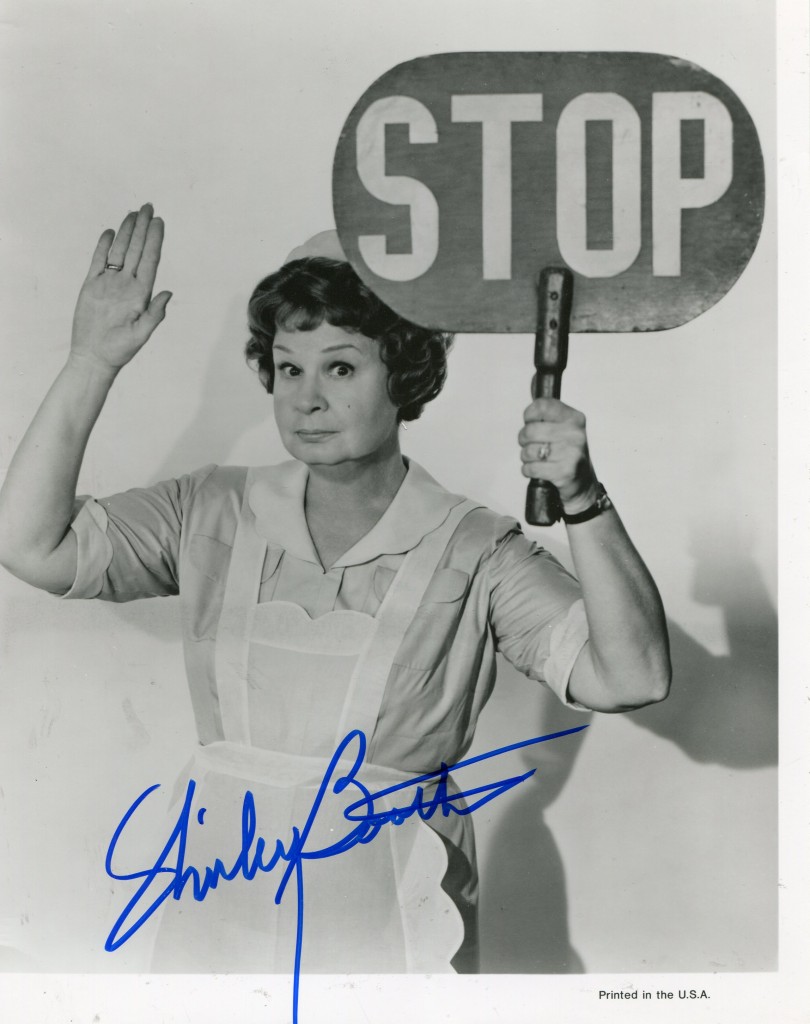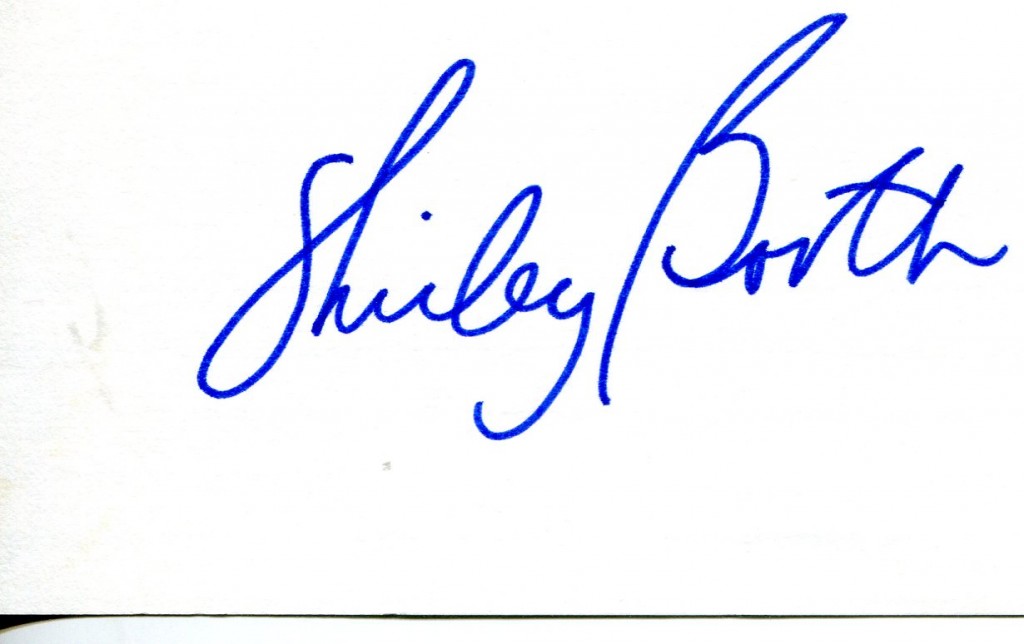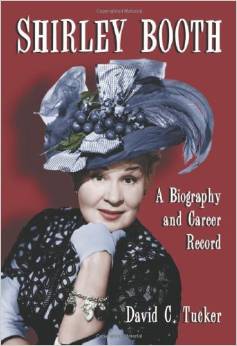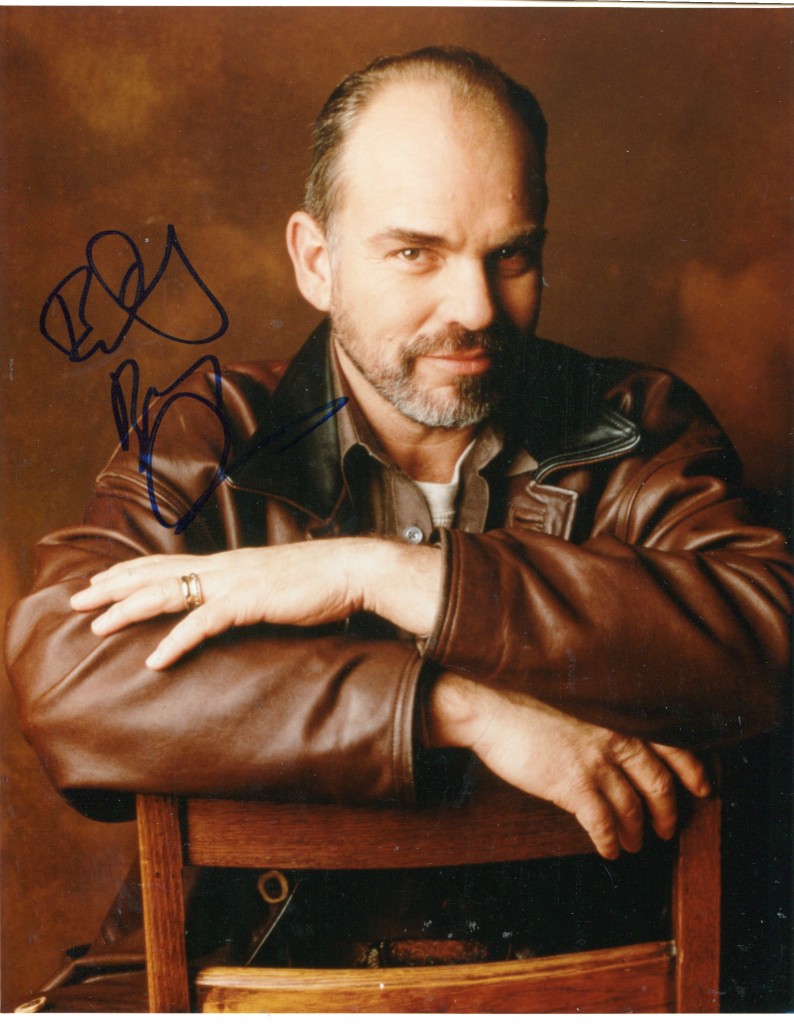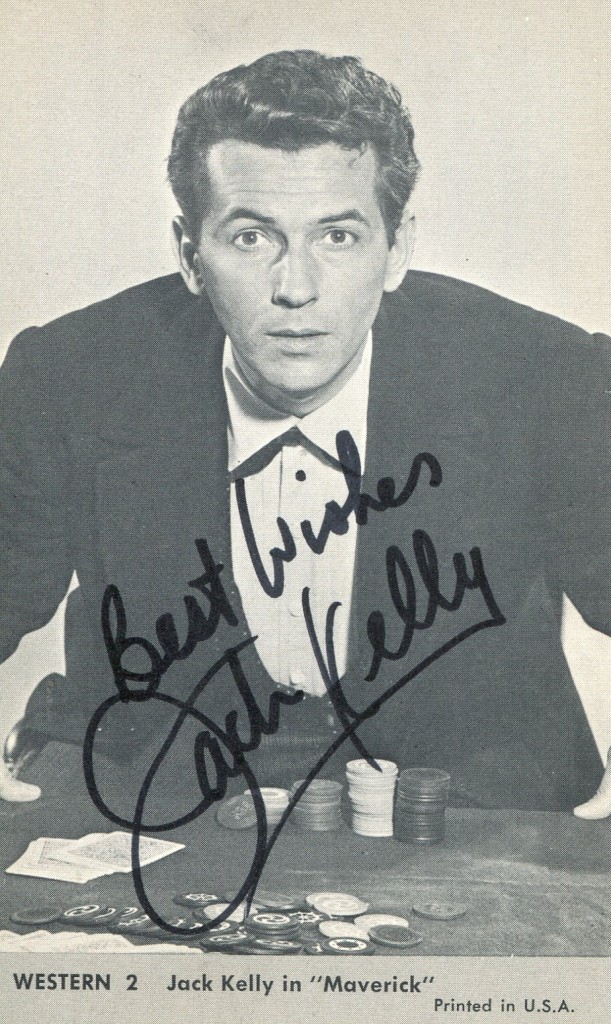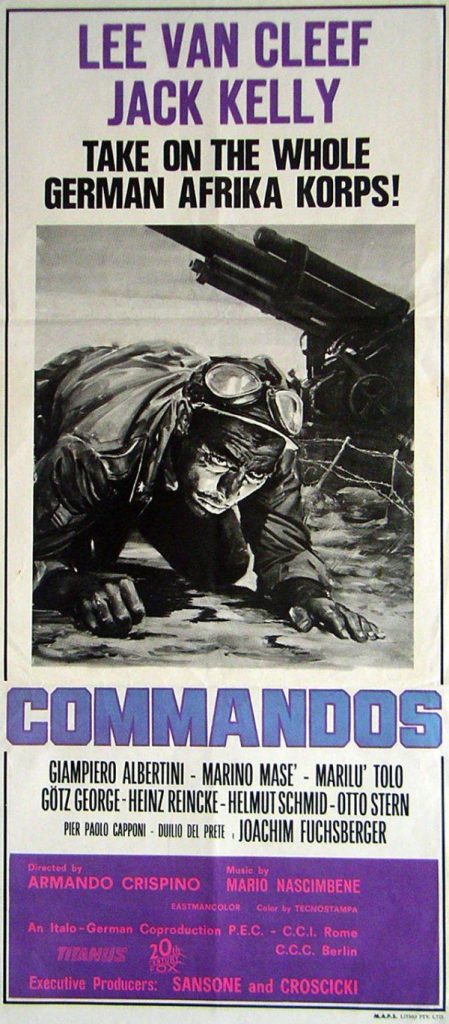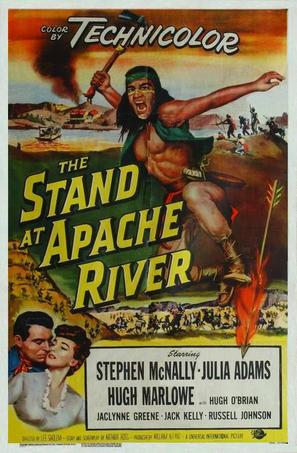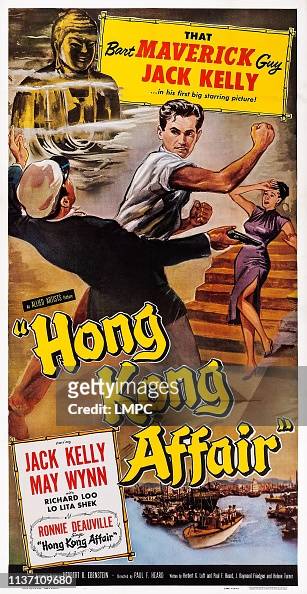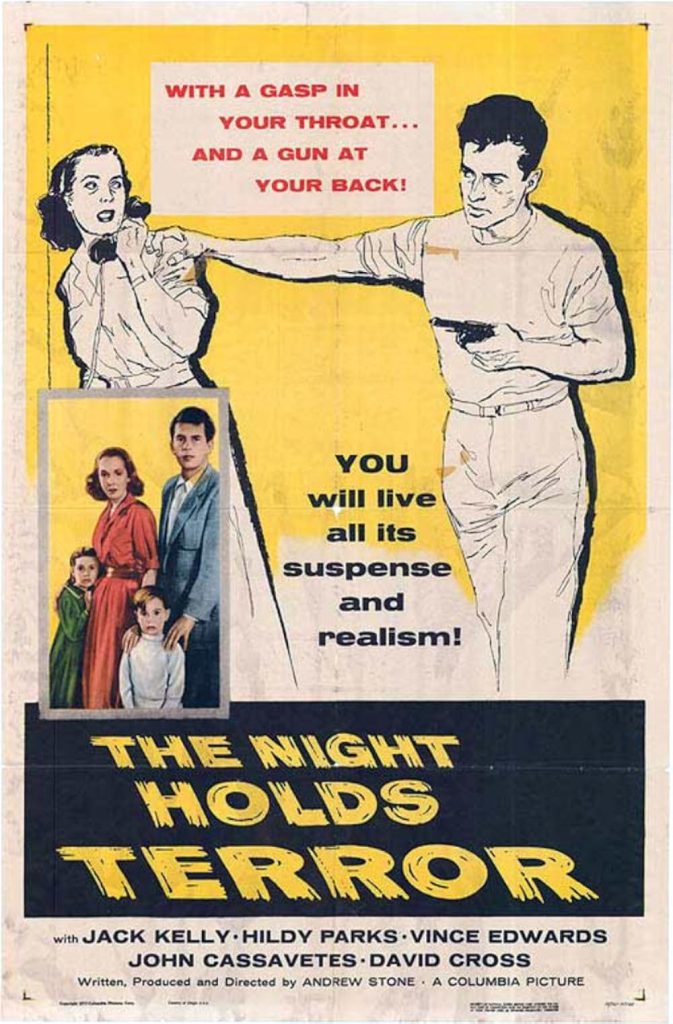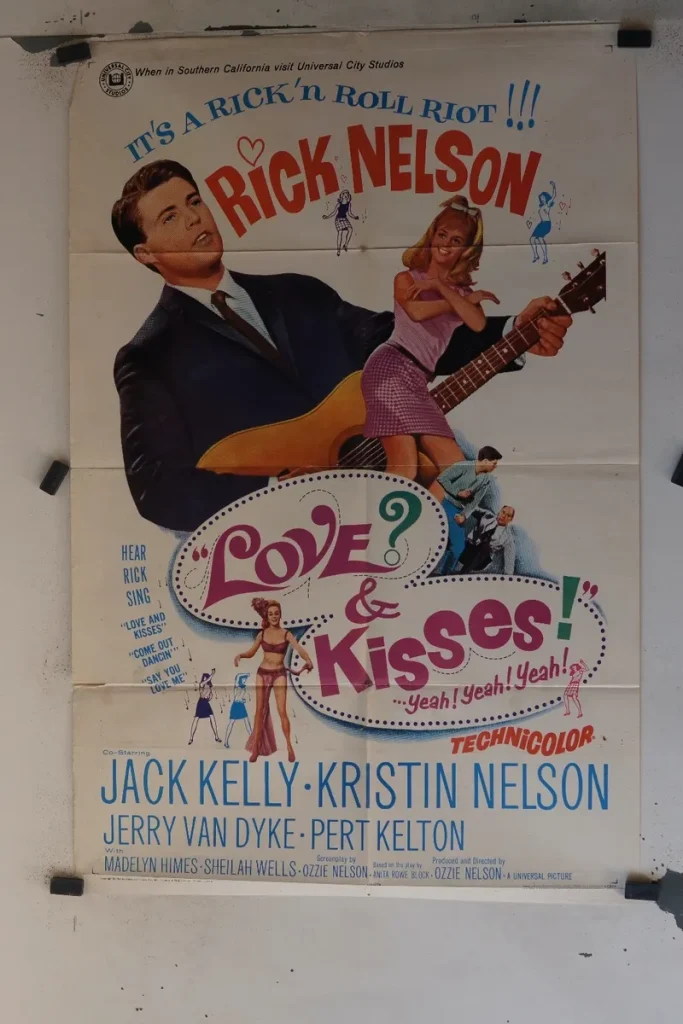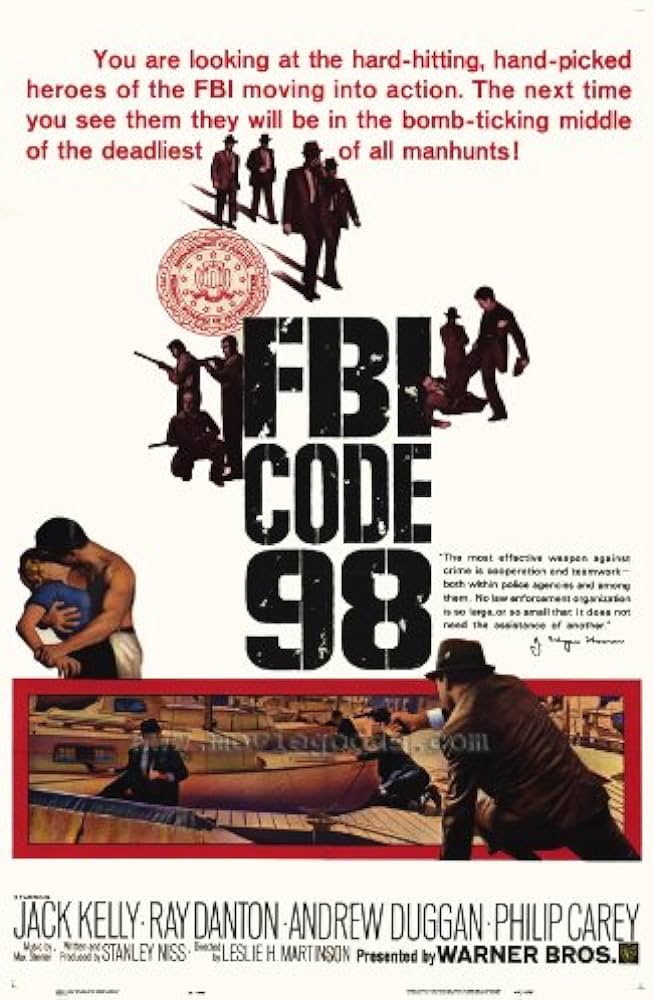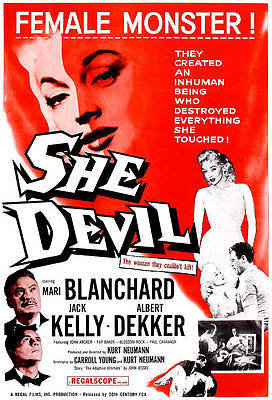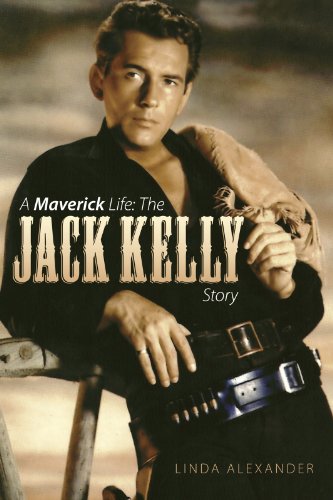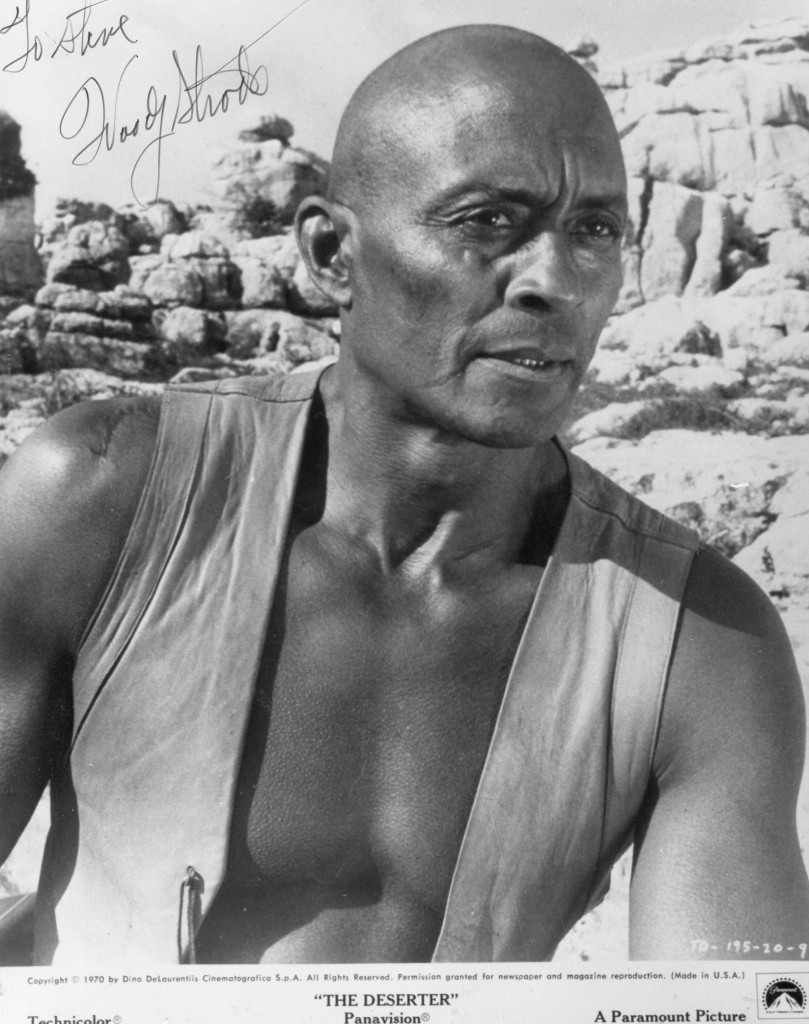
Woody Strode was born in 1914 in Los Angeles. He wasan outstanding athlete before his entry into movies. He is best known for his performance opposite Kirk Douglas in “Spartacus” and in the title role in 1960 in John Ford’s “Sgt Rutledge”. His other films include “City Beneath the Sea” in 1953, “The Sins of Rachel Cade”, “The Man Who Shot Liberty Valence” and “The Deserter”. He died in 1994.
David Shipman’s obituary in “The Independent”:
Strode was educated at UCLA before the Second World War and was one of the first blacks to play in integrated college football; he was also a star of the Canadian Football League. In 1941 the producer Walter Wanger gave him a walk-on in one of Hollywood’s then frequent tributes to the British Empire, Sundown, but he did not film again for another decade.
He took up wrestling after war service and was noticed by Walter Mirisch, then producing his Bomba the Jungle Boy series, cut-price adventure junkets starring Johnny Sheffield, who had played the son of Tarzan, Johnny Weissmuller. Mirisch invited Strode to appear in The Lion Hunters (1951). Strode continued his wrestling career taking occasional small parts in movies, as in DeMille’s The Ten Commandments (1956), in which he was a slave, and Tarzan’s Fight for Life (1958), MGM’s unenthusiastic attempt atreviving the old series, with Gordon Scott replacing Weissmuller.
By this time Strode was getting regular movie offers and became a full-time actor. John Ford chose him the title-role in Sergeant Rutledge (1960), about a court martial during for the Civil War. The charges – of the rape and murder of a white woman – were obviously trumped up, for no screen hero ever looked as noble, or behaved so selflessly or bravely. No one till late in the plot mentions the colour of his skin – all of which suggests that Ford was trying to appear liberal at a time when the civil rights of blacks needed less simplistic solutions. Ford said later that the good sergeant “was the first time we had ever shown the Negro as a hero”, doing himself no credit by overlooking the fact that Poitier and Harry Belafonte had been doing so for several years.
But to his credit Ford used Strode again (if not in leading roles), in three more films, including his last, Seven Women (1966), rather strangely described by Ford as “a hell of a good picture” – a description more apt for either Spartacus (1960), directed by Stanley Kubrick, or Richard Brooks’s The Professionals (1966). Besides Sergeant Rutledge they also gave Strode his best American screen roles; in the former as the Nubian gladiatorial opponent who saves the life of Spartacus (Kirk Douglas), and in
the second as a mercenary hired by a millionaire (Ralph Bellamy) to recover his kidnapped wife.
Strode co-starred with another Tarzan, Jock Mahoney, in Tarzan’s Three Challenges (1963). But too often he was required merely to lend his formidable presence to potboilers. As good Hollywood offers grew fewer he began accepting some from Europe, for ex a mple the gunman killed before the credits in Sergio Leone’s Once Upon a Time in the West (1969). He also worked regularly in television. Unseen in Britain is Seduta alla sua Destra (1968), in which he had the star role as an African leader modelled on Pa trice Lumumba. He had recently completed filming in The Quick and the Dead, a western starring Sharon Stone.
David Shipman
Woodrow Strode, actor: born Los Angeles 25 July 1914; died Glendora, California 31 December 1994.
The above “Independent” obituary can also be accessed online here.
TCM overview:
Black actor and former pro football player and wrestler who made his film debut in the early 1940s. 6’4″ tall and weighing in at 210 pounds, Strode lent his imposing presence to a number of mostly peripheral roles, such as Kirk Douglas’ sparring partner in “Spartacus” (1960), though he got a chance to flex his underused acting muscles as a soldier wrongly accused of rape in John Ford’s “Sergeant Rutledge” (1960).
Article on Woody Strode in “Tina Aumont’s Eyes” website:
6’4” athlete turned actor Woody Strode, brought his muscular, powerful presence to everything from big budget Hollywood productions to cheap, lesser-known exploitation fare. He was also notable as being the first African-American to play a heroic lead in a big-scale Hollywood western.
Born in California on July 25, 1914, Woody’s screen career began with minor parts in the Gene Tierney western ‘Sundown’ (’41) and the romantic comedy ‘No Time for Love’ (’43). After playing the lion in the Jean Simmons picture ‘Androcles and the Lion’ (’52), he was the king of Ethiopia in Cecil B. DeMille’s ‘The Ten Commandments’ (’56), and then a cowardly private in the Gregory Peck war drama ‘Pork Chop Hill’ (’59). Strode’s big break would come though, through his association with legendary director John Ford.
Strode had begun his association with Ford back in 1939, with an uncredited role in his classic western ‘Stagecoach’. They reunited 20 years later when he played the title role in Ford’s rather neglected 1960 western ‘Sergeant Rutledge’, as a black Cavalry officer unfairly tried for the rape and murder of a white women and her father. Giving a strong dignified performance, it remains one of Strode’s best loved roles. He was also memorable that year in the role of Draba, a towering gladiator defeating Kirk Douglas, in ‘Spartacus’. After playing an Indian in John Ford’s ‘Two Rode Together’ (’61), Woody was John Wayne’s servant in Ford’s ‘The Man Who Shot Liberty Valance’ (’62). There was tension on set between Strode and Wayne, and the two nearly came to blows, forcing Ford to keep them apart for a few days. It was said that Wayne was jealous of Woody’s football achievements and military career, as Wayne had not served in WWII, even though he wished to and would feel guilty about this the rest of his life. The final film Woody made with Ford was the 1966 missionary drama ‘7 Women’, starring Anne Bancroft and Sue Lyon.
I loved Woody’s strong turn as Jake the longbow expert, in Richard Brooks’ superb all-star adventure ‘The Professionals’ (’66), and it remains one of his best roles. He followed that up with a cameo in Sergio Leone’s ‘Once Upon a Time in the West’ (’68), playing Stony, one of Henry Fonda’s heavies. Another western came in 1972 with ‘The Revengers’, a pretty dire effort with a great cast; William Holden, Ernest Borgnine and, in her final film, Susan Hayward. By now Woody was living in Rome, and had already begun appearing in Italian exploitation actioners, earning far more than he did in the US. He made a couple of pictures with Fernando Di Leo; ‘Manhunt in Milan’ (’72), as a hit man, and ‘Loaded Guns’ (’75), with an often naked Ursula Andress. After playing an alcoholic rancher in Enzo G. Castellari’s cult western ‘Keoma’ (’76), Strode supported William Shatner in the enjoyable sci-fi horror ‘Kingdom of the Spiders’ (’77), playing another rancher whose prize calf is killed by a mysterious spider venom. Now aged 65, and still in great shape, Strode had some decent fight scenes in ‘Jaguar Lives!’ (’79), a mediocre actioner with a cast of ex-Bond villains; Christopher Lee, Donald Pleasance and Joseph Wiseman.
Back on the grimy exploitation scene, Woody appeared in William Lustig’s gritty revenge flick ‘Vigilante’ (’83), and then chewed the scenery as an ex-lawman and mentor, in ‘The Final Executioner’ (’84), one of the poorer Italian post-apocalyptic drama’s. After playing a sleaze-ball in the Sybil Danning kidnap drama ‘Jungle Warriors’ (’84), Woody was thankfully back in an A-list production, Francis Ford Coppola’s ‘The Cotton Club’ (’84), though it was only a small role as the club’s doorman. A good minor role came in 1987 when he played Yank, a WWII veteran, in Volker Schlöndorff’s wonderful television movie ‘A Gathering of Old Men’, starring Holly Hunter and Richard Widmark.
Back in western territory, Strode’s’ final two movies were ‘Posse’ (’93), as the narrator, and Sam Raimi’s ‘The Quick and the Dead’ (’95), starring Sharon Stone, although it was not released until after his death.
Twice married, Woody died from lung cancer on New Years Eve 1994, aged 80. A quiet- spoken and gentle giant, Woody Strode was an optimistic and honest man who certainly lived life to the full, refusing to give in to old age. Whether playing the quiet hero or murderous mob boss, he remains a role model and cult figure in not only the US but across the globe.
Favourite Film: The Professionals
Favourite Performance: The Professionals
The above article can also be accessed online here.









